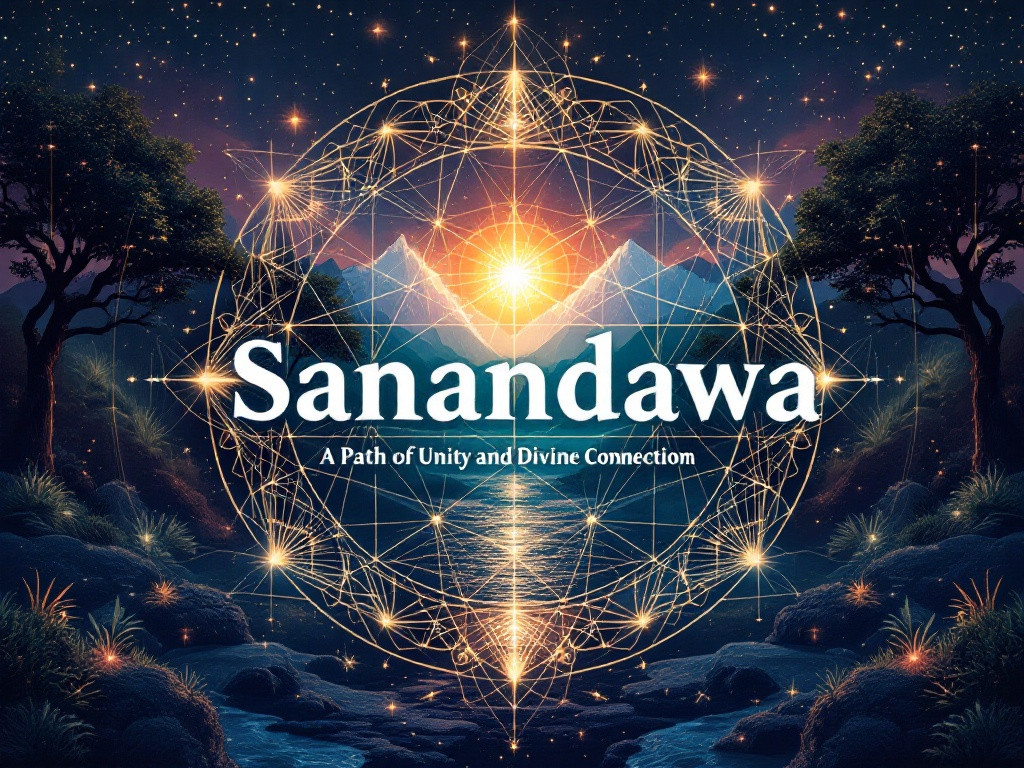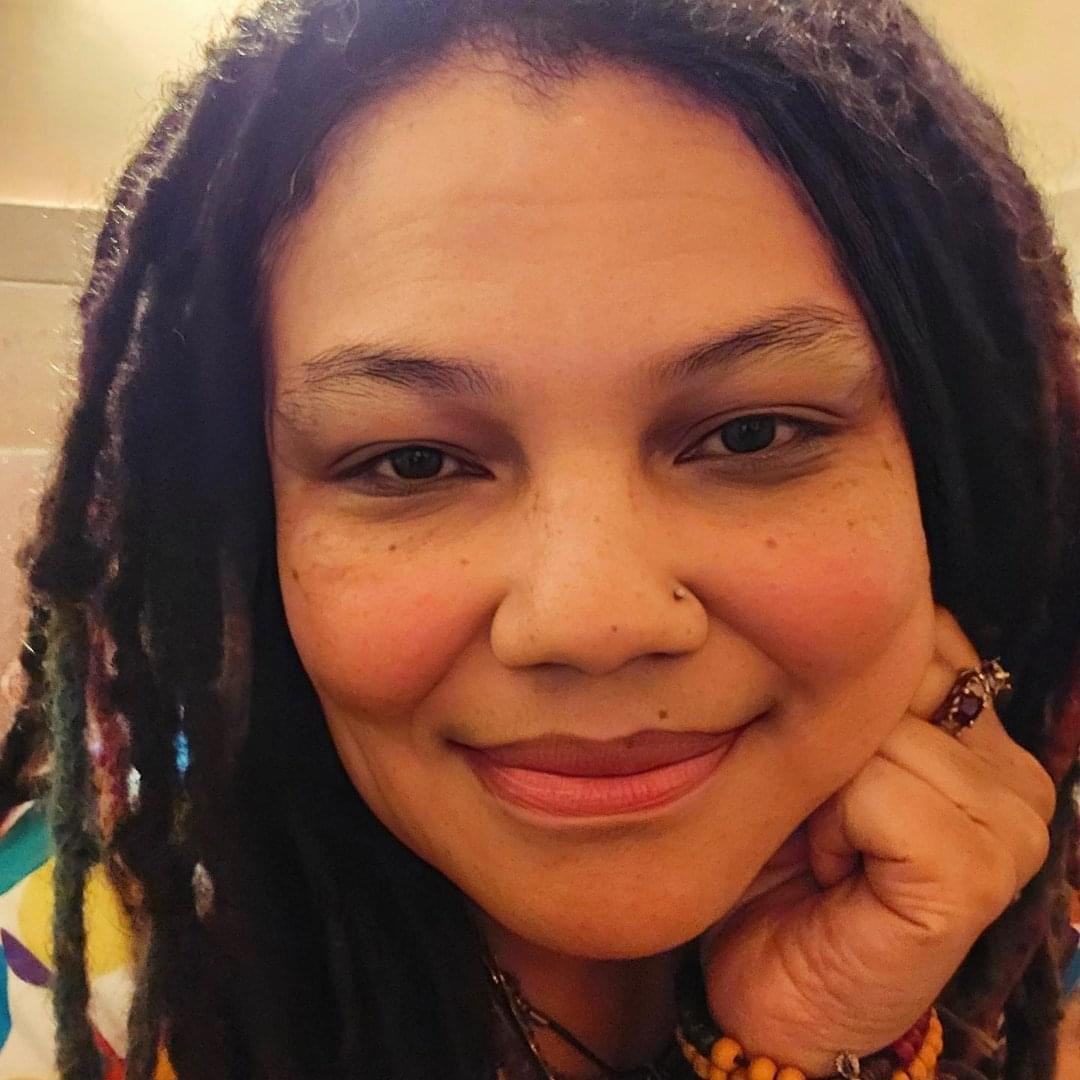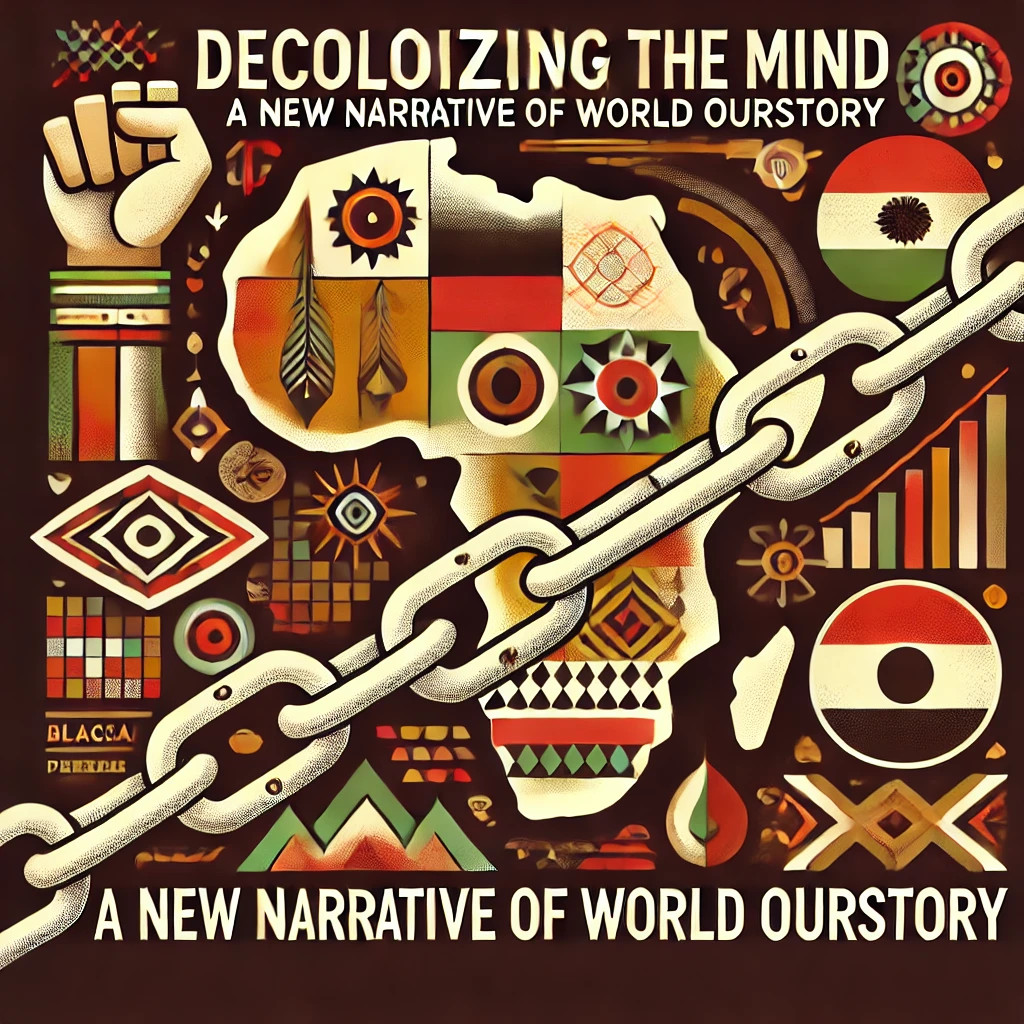
The blog post explores the early followers of Isho (Jesus) and their understanding of his teachings through the lens of the Aramaic language, emphasizing the fluidity and depth present in these early scriptures. It explains how the early community embraced a balanced view of divine love, which included both masculine and feminine aspects, and highlighted inclusivity and transcendence in their spiritual practice. Today's Sanandawa teachings draw on this ancient wisdom, promoting sacred unity among all beings, regardless of gender or orientation, and advocating for an inclusive approach to divine love and community.
The post further delves into how gender was understood in Aramaic thought, viewing the Divine as a balance of masculine and feminine energies. This perspective is mirrored in Sanandawa, which honors various manifestations of the Divine Black Mother and emphasizes the sacredness of all genders, reflecting early views where divine love was not confined to binary roles. The teachings of Isho, especially evident in Galatians 3:28, resonate with the idea of unity and transcend gender divisions, encouraging us to recognize the divine within every individual.
Additionally, the blog post critiques how Isho's original teachings were altered as they spread through Greco-Roman and patriarchal contexts, which imposed rigid interpretations. In contrast, Sanandawa seeks to reclaim the early inclusive vision centered on divine love, respect, and equality, recognizing every individual's sacred path. By embracing these Aramaic roots, Sanandawa fosters a community built on mutual respect and divine joy, celebrating diverse expressions of love and identity as reflections of the divine.
Read more...





